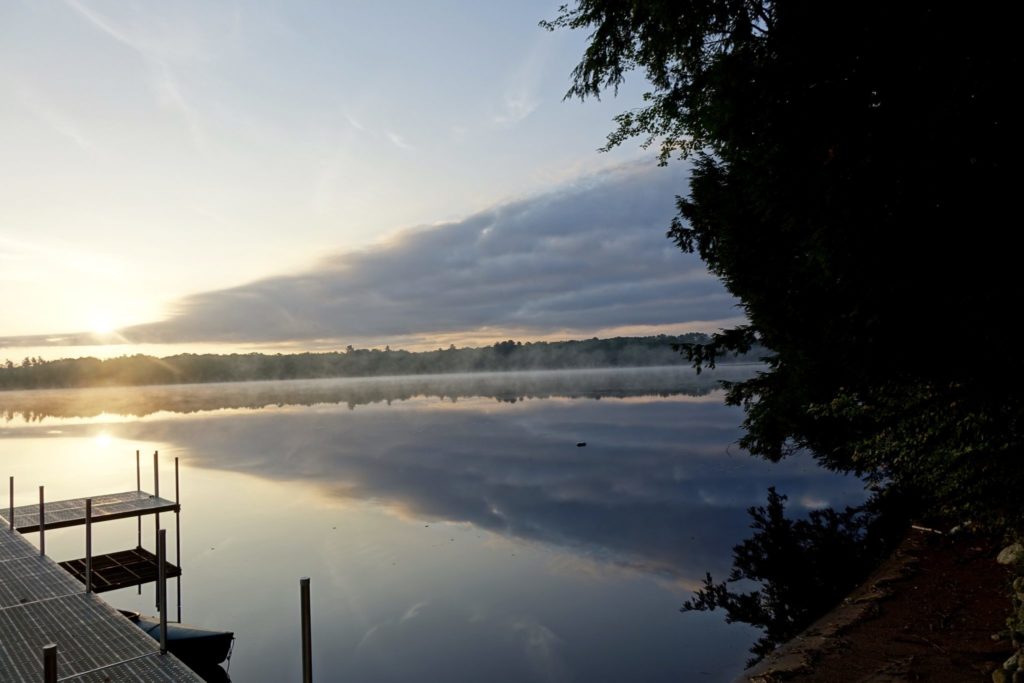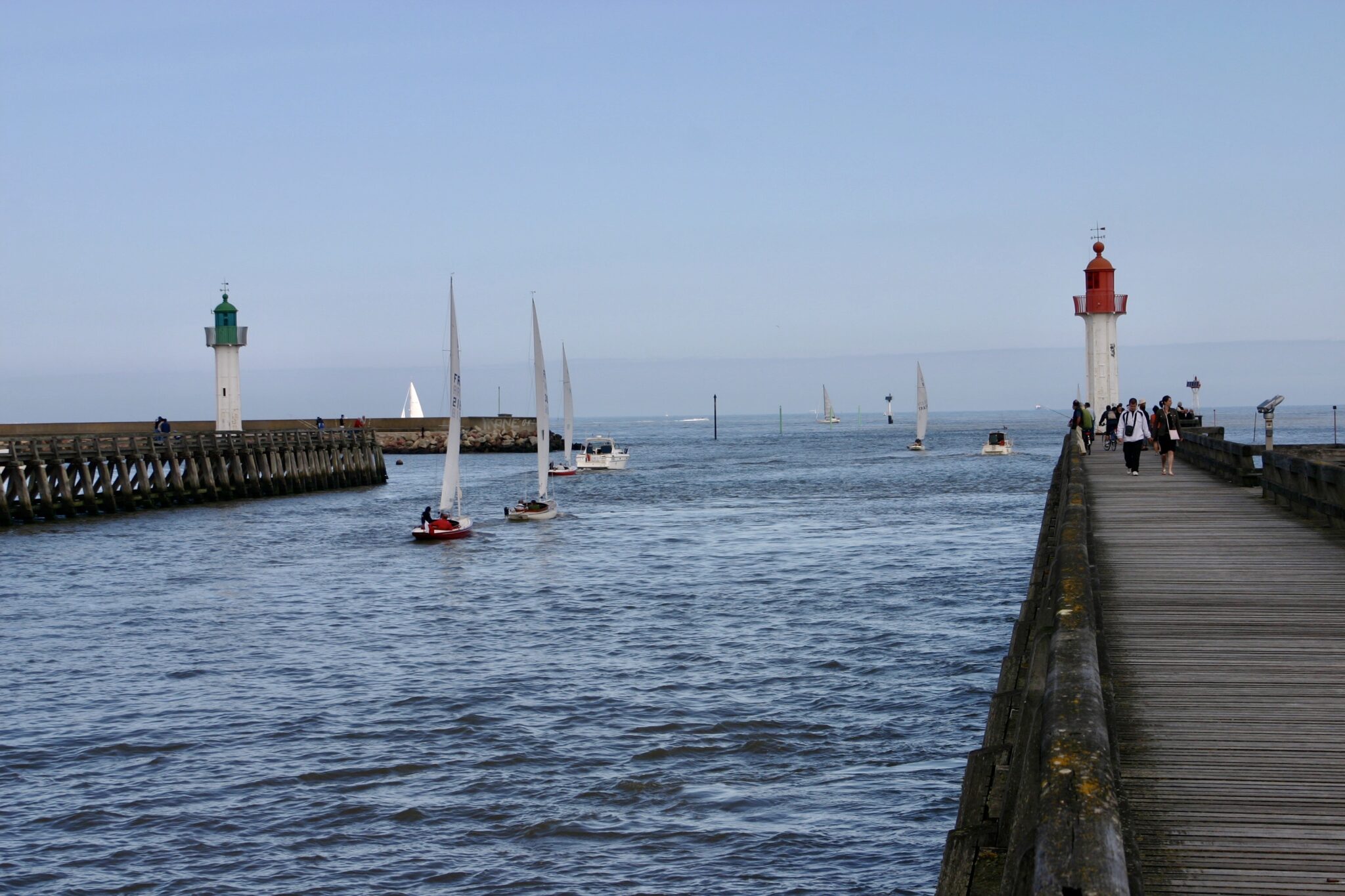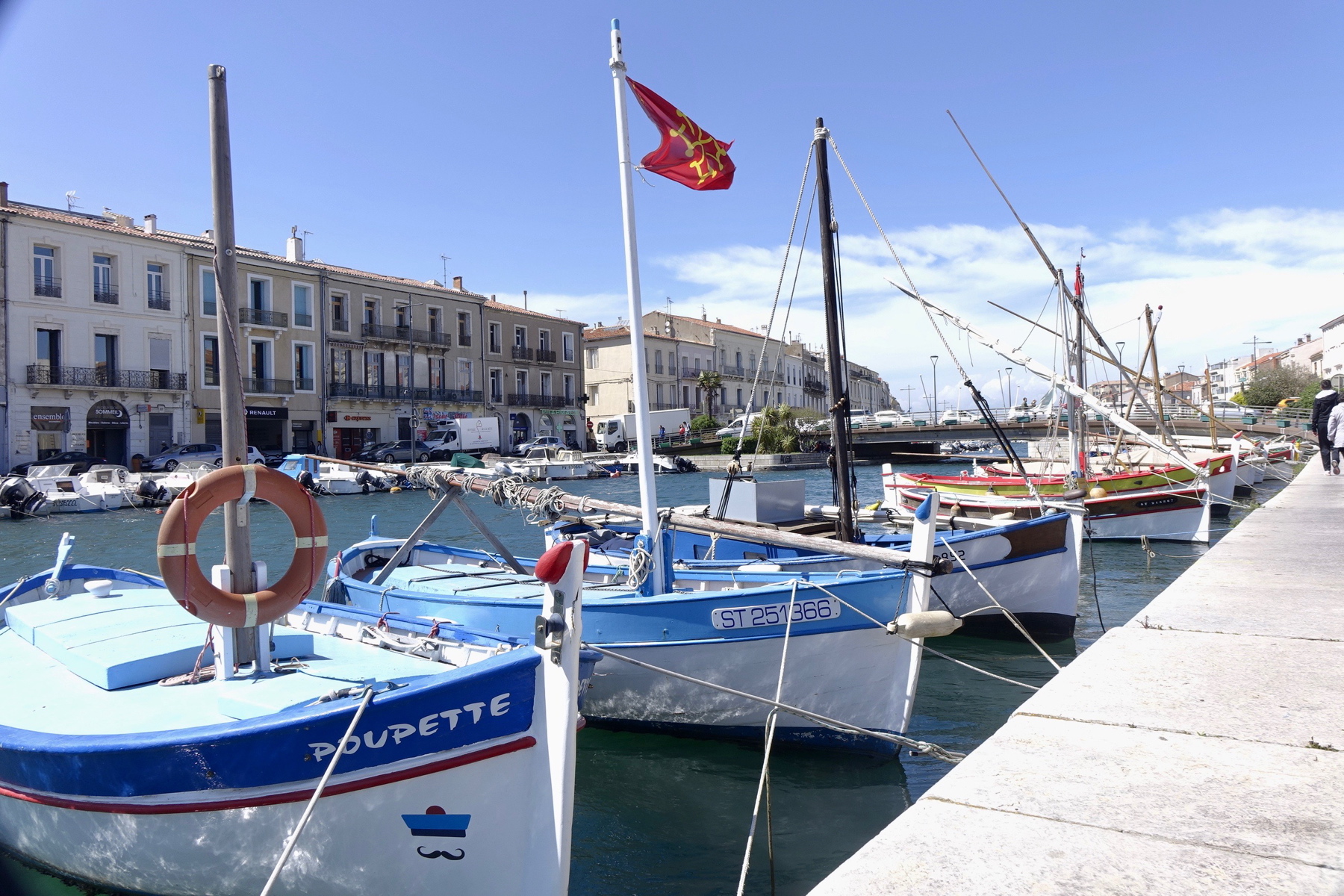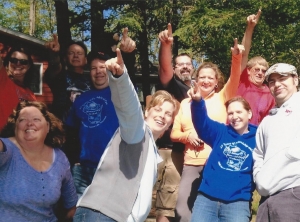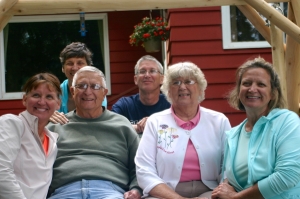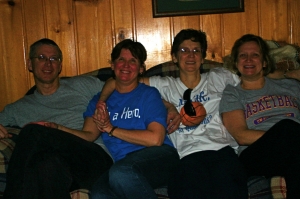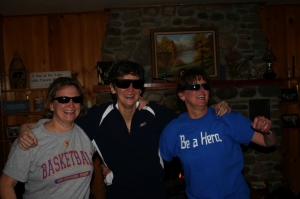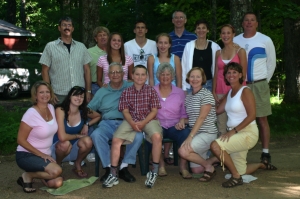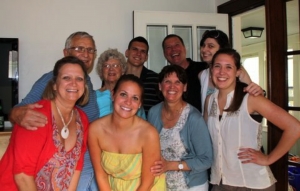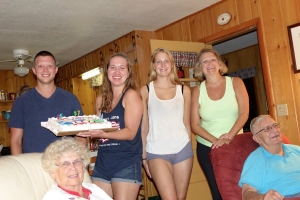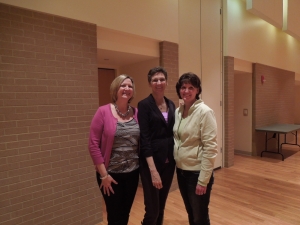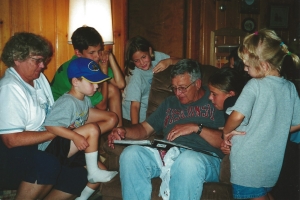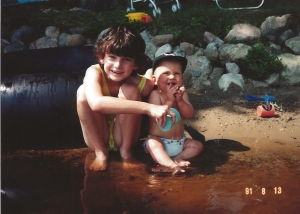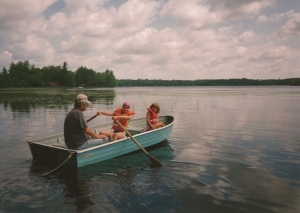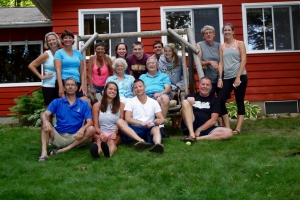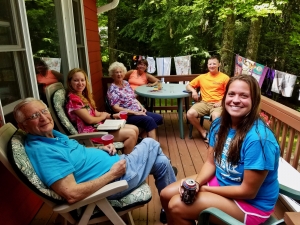 Happy 60th birthday to my extraordinary sister, Sue, aka the family glue. Born 16 months ahead of her, I was the big sis, but only in terms of birth date. She has spent most of her adulthood looking out for me as well as others within her wide circle of love.
Happy 60th birthday to my extraordinary sister, Sue, aka the family glue. Born 16 months ahead of her, I was the big sis, but only in terms of birth date. She has spent most of her adulthood looking out for me as well as others within her wide circle of love.
A born peacekeeper, as a middle sister, she resolved conflicts beginning training early in childhood with her squabbling siblings.
She dedicated her life to helping the underdog. Like a magician, abracadabra she unlocked the unique minds of students who learned differently and created individualized recipes for success.
After teaching for 34 years at Yorkville High School, she retired 4 years ago, but you would never know it. She never slowed down. She pours that extra energy into taking care of those she loves – care-taking for parents, watching grandchildren’s events, and shuttling people to and from the cabin, airport, and doctor’s appointments.
A cancer survivor, she also suffers from fibromyalgia, but that hasn’t stopped her. She overlooks her own aches and pains to put others first. Taking care of family and friends has become a life mission. Whether running errands for aging parents, or picking out presents for grandkids, nieces, nephews, and siblings, she elevated the art of giving to the highest form.
To those within her sphere of friendship, no occasion goes unnoticed. She doesn’t just send a card of congratulation, condolence or celebration, she writes a personalized note of inspiration.
Always the first person everyone calls for support, she is a source of thoughtful, measured advice free of judgment. An exceptional listener, Sue will lend her ear and then help you brainstorm solutions.
As the only McKinzie to inherit Dad’s penchant for organization, she keeps the family up to date on every event. Then records the highlights on a holiday family photograph calendar, which she offers as a Christmas gift.
Her skill in packing is second to none. She helped parents downsize and nieces, nephews and friends cart from one place to another. She sorted, packed, labeled and loaded entire households and then stayed around to help reassemble pieces in the new abode.
Though she laments that she cannot cook, she could put a bakery out of business with her desserts -carrot cake, Oreo cheesecake, chocolate chip cookies and gluten free treats. Yes, another trait she caters to everyone’s whims and dietary needs.
With an eye for detail, color and style, her house, beautifully decorated, looks like a page out of Better Homes & Gardens magazine. She graciously hosts family gatherings for birthdays, holidays and special events.
Larissa, who recently joined the family, summed it up best, “Being around Su-su is uplifting; she creates an aura of peace.”
Sue always has everyone else’s best interests at heart.
Desperately, we all look for the ideal present, a figurine for her beautiful angel collection, to offer her as a token of gratitude.
But we all know the search is futile, for the real gift is ours. The precious angel in our family is our beloved Sue.
